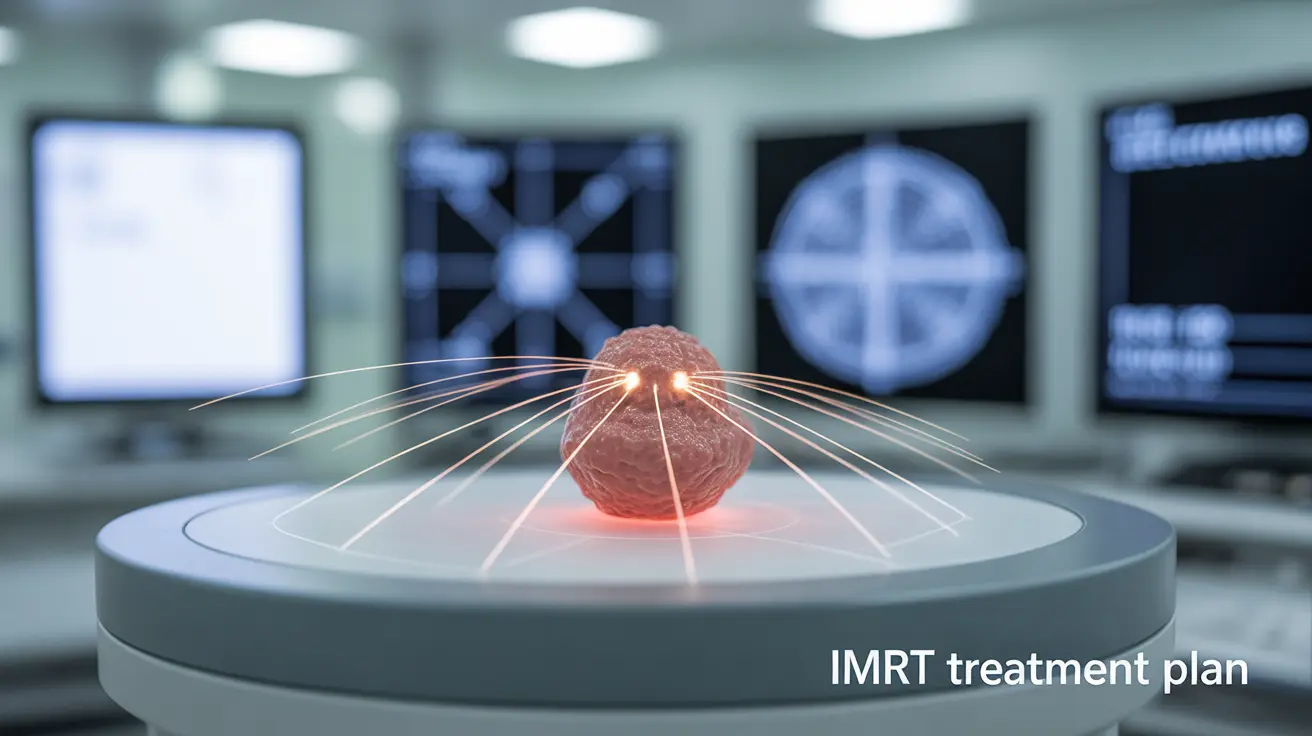Intensity-modulated radiation therapy (IMRT) represents a significant advancement in the treatment of prostate cancer, offering precise radiation delivery while minimizing damage to surrounding healthy tissues. This sophisticated form of external beam radiation therapy has become a standard treatment option for many men diagnosed with prostate cancer, providing both effectiveness and improved quality of life during treatment.
Understanding how IMRT works and what to expect during treatment can help patients make informed decisions about their care and better prepare for their treatment journey. This comprehensive guide explores the benefits, process, and considerations of IMRT for prostate cancer treatment.
Understanding IMRT Technology
IMRT uses advanced computer technology to create highly detailed, three-dimensional maps of the prostate and surrounding tissues. This mapping allows radiation oncologists to deliver precise doses of radiation that conform to the shape of the tumor while adjusting the intensity of the radiation beams to minimize exposure to nearby healthy organs.
The technology employs multiple radiation beams of varying intensities, delivered from different angles. These beams are shaped and controlled by specialized devices called multi-leaf collimators, which move during treatment to optimize radiation delivery.
Benefits of IMRT for Prostate Cancer
IMRT offers several significant advantages over conventional radiation therapy methods:
- Higher radiation doses to the tumor while sparing healthy tissue
- Reduced risk of side effects compared to traditional radiation therapy
- More precise targeting of cancer cells
- Better control of radiation dose distribution
- Potential for improved treatment outcomes
The IMRT Treatment Process
Initial Planning
Before beginning IMRT, patients undergo detailed imaging scans to create a precise treatment plan. This typically involves:
- CT simulation for treatment planning
- Mapping of the prostate and surrounding organs
- Development of a customized radiation delivery plan
- Placement of tiny markers to guide treatment accuracy
Treatment Sessions
IMRT treatment typically follows a specific schedule:
- Daily sessions lasting 15-30 minutes
- Treatment course of 5-8 weeks
- Weekday appointments (Monday through Friday)
- No overnight hospital stays required
Managing Side Effects
While IMRT minimizes side effects compared to traditional radiation therapy, some patients may experience:
- Urinary frequency or urgency
- Mild fatigue
- Temporary bowel changes
- Skin irritation in the treatment area
Most side effects are manageable and gradually improve after treatment completion.
Frequently Asked Questions
What is intensity-modulated radiation therapy (IMRT) and how does it treat prostate cancer?
IMRT is an advanced form of radiation therapy that uses computer-guided technology to deliver precise radiation doses to prostate cancer while minimizing exposure to surrounding healthy tissues. It works by using multiple radiation beams of varying intensities, shaped to match the tumor's contours.
What are the common side effects and risks of IMRT for prostate cancer patients?
Common side effects include urinary frequency, mild fatigue, temporary bowel changes, and skin irritation. These effects are typically less severe than with traditional radiation therapy and often improve after treatment ends.
How does IMRT compare to other radiation treatments like proton therapy or stereotactic body radiation therapy (SBRT) for prostate cancer?
IMRT offers excellent precision and tissue sparing compared to conventional radiation therapy. While proton therapy and SBRT are newer options, IMRT remains a well-established, effective treatment with proven long-term results and widespread availability.
How should I prepare for IMRT treatment sessions for prostate cancer?
Preparation includes initial planning scans, following specific dietary guidelines, maintaining consistent bladder and bowel habits, and arranging transportation for daily treatments. Your healthcare team will provide detailed instructions tailored to your situation.
What are the benefits of IMRT in reducing damage to healthy tissues during prostate cancer radiation therapy?
IMRT's precise targeting and variable radiation intensity allow for higher doses to the tumor while minimizing radiation exposure to nearby organs like the bladder and rectum. This results in fewer side effects and better preservation of healthy tissue function.




